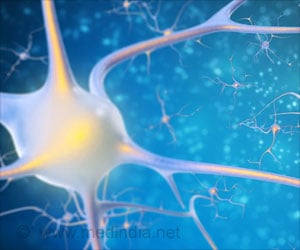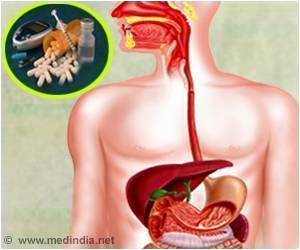Genetics may explain why some senior athletes are high functioning despite having one or both hip abnormalities.

In the study, "Prevalence of Radiographic Abnormalities in Senior Athletes with Well-functioning Hips," researchers evaluated the hips of 546 senior athletes (1,087 hips) with an average age of 67 (57 percent were male) for radiographic signs of FAI and dysplasia. Eighty-two percent of hips had radiographic evidence of FAI; 67 percent had at least one sign of cam FAI, in which the alpha angle of the bone was ≥50° on either hip; and 8 percent had isolated pincer impingement FAI, in which an extra bone extends out over the normal rim of the hip socket. Twenty-four percent of the senior athletes had signs of both cam and pincer FAI. Osteoarthritis was present in 17 percent of the hips. Ninety-three percent of the hips with OA had evidence of FAI, and 10 percent, dysplasia.
While hips with FAI were more likely to have OA, 72 percent of the hips with FAI showed little to no evidence of OA. According to the study authors, the findings may indicate that other factors, possibly genetics or the patient's type of cartilage, may play a role in preserving the hip joints in these high functioning senior athletes.
Source-Eurekalert
 MEDINDIA
MEDINDIA




 Email
Email







